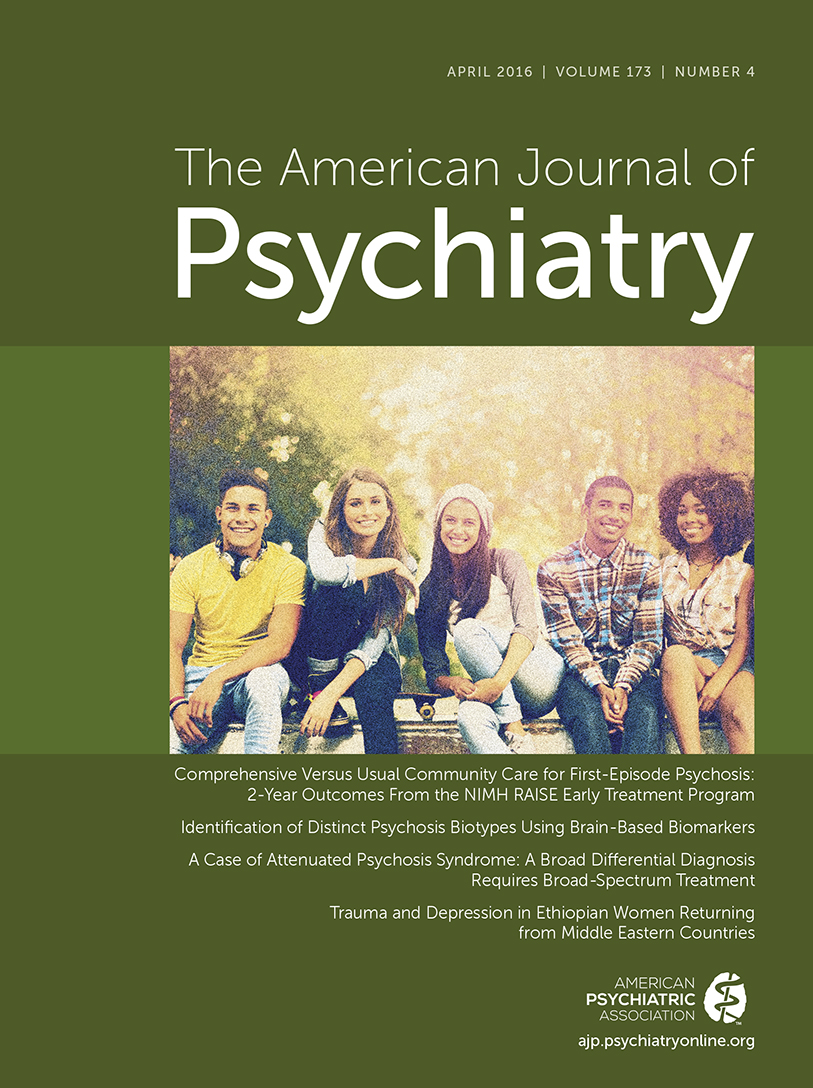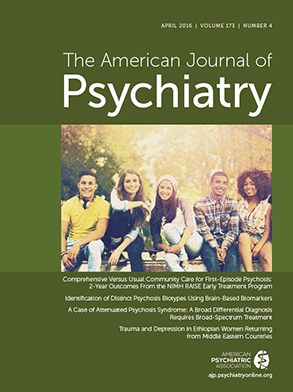One of the great medical triumphs of the last half-century has occurred for children diagnosed with acute lymphoblastic leukemia, the most common pediatric cancer. In 1970, acute lymphoblastic leukemia was fatal in more than 80% of cases. Today it is more than 80% cured. This success is undeniably remarkable, but it is even more remarkable to realize that the increasing cure rates over the past 3 decades have not been the result of a breakthrough medication or a spectacular gene therapy. For children with acute lymphoblastic leukemia, progress came from rigorous trials in which research was integrated into the standard of care for patients (
1). Clinicians made stepwise progress by combining effective treatments, dropping ineffective treatments, coordinating supportive and nursing care, and following patients for years after the end of therapy. As clinicians and families moved practice into research, children with acute lymphoblastic leukemia received personalized care and better outcomes decades earlier than children with other conditions.
This issue of the
Journal includes a report on the primary outcomes from the Recovery After an Initial Schizophrenia Episode (RAISE) Early Treatment Program clinical trial (
2). Like research on acute lymphoblastic leukemia in the 1970s, RAISE was not a test of a breakthrough intervention or high-tech diagnostic but a trial of adapting and optimizing currently known, evidence-based practices. The RAISE question was simple and urgent: Will a comprehensive, person-centered, team-based approach for first-episode psychosis improve outcomes? For RAISE, the outcomes measured were quality of life, participation in school or work, and symptomatic improvement. The setting was “real world”—34 community mental health centers in 21 states.
The study compared the efficacy of an experimental intervention, called NAVIGATE, with standard community care for people with first-episode psychosis. NAVIGATE consisted of four evidence-based interventions: personalized medication management, family psychoeducation, resilience-focused individual therapy, and supported employment and education. The component interventions were offered as a package, with the addition of a team leader who coordinated services and served as a primary point of contact for individuals and their families. The NAVIGATE programs also involved a proactive focus on engagement. In contrast to standard community care, these multiple components were offered within a shared decision-making framework and implemented according to patient preference.
Just as the dramatic improvements for treatment of acute lymphoblastic leukemia reflected incremental gains over time, the results for NAVIGATE take a palpable step toward markedly better outcomes for young people following first-episode psychosis. A measure of quality of life improved modestly more in the NAVIGATE group than in the standard community care group over 24 months (effect size=0.31), and the NAVIGATE group had lower levels of symptoms as measured by the Positive and Negative Syndrome Scale (effect size=0.29). Participants in the NAVIGATE group stayed in treatment longer than the standard community care group (a median of 23 months compared with a median of 17 months). In contrast to some earlier studies of first-episode psychosis (
3,
4), the intervention did not decrease hospitalization probably because the rates of hospitalization were relatively low in both groups (over the 2 years of treatment, 34% of the NAVIGATE group and 37% of the standard community care group were hospitalized for psychiatric indications).
One of the most remarkable aspects of this study was the substantial moderation of the treatment effect by the duration of untreated psychosis. The median duration of untreated psychosis in the entire sample was 74 weeks—a clear indication of the need to identify young people with mental illness at much earlier stages and to get them into effective treatment more rapidly. Those with a duration of untreated psychosis of less than the median of 74 weeks responded far better to the NAVIGATE intervention than those with a longer duration of untreated psychosis at baseline. Indeed, the overall effects of NAVIGATE were largely driven by the robust response (the effect size was 0.54 for the quality of life measure and was 0.42 for overall symptoms) from those with shorter duration of untreated psychosis. These results demonstrate the importance of early detection, early engagement, and integrated care following the onset of psychosis.
Much of our focus for the past several decades has been restricted to later stages of schizophrenia in an effort to reduce chronic disability. RAISE moves the focus to an earlier stage when recovery may be more tractable. There are still several questions to be addressed: What individual factors and interventions predicted best outcome? What will be the long-term effects of NAVIGATE? Do the economics of comprehensive care support broad adoption?
Usually we answer questions like these and expect to replicate results before recommending dissemination and implementation. While a purist might worry about premature implementation, the egregious delay for first-episode psychosis treatment revealed in this study demonstrates that we cannot wait a decade to provide more comprehensive care earlier in the trajectory of schizophrenia. With this in mind, the National Institute of Mental Health has announced the Early Psychosis Intervention Network (EPINET) for implementing the findings of RAISE within a learning health care system (
http://www.nimh.nih.gov/concept-clearance/EPINET). Instead of moving research to practice, the intent of EPINET is to move practice to research: engaging patients, families, providers, and clinics to optimize first-episode psychosis treatment by collecting data on outcomes and improving care iteratively. EPINET will also move even earlier in the trajectory to preempt the first episode in youth at high risk for psychosis. The success of this approach will not only require evidence of efficacy but commitments of public and private insurers to support comprehensive care early in the illness as an investment to ensure better outcomes and reduce subsequent costs.
If our experience with acute lymphoblastic leukemia is predictive of what can happen for young people with schizophrenia, RAISE should sound a hopeful note. While there is every reason to seek new and better treatments for schizophrenia, RAISE reminds us that we can achieve better outcomes by adapting the medical and psychosocial treatments we have today. As with acute lymphoblastic leukemia, the path to better outcomes depends on better organization of care and a commitment to continuous quality improvement. In the case of first-episode psychosis, that path includes early detection, training providers in comprehensive team-based approaches, combining several modalities of treatment and support, and orienting care around shared decision-making and patient preference. Sadly, this approach does not (yet) lead to a cure rate of 80%—schizophrenia may be a much tougher target than acute lymphoblastic leukemia. Of course, the transformation of acute lymphoblastic leukemia care began in 1970. We are still comparatively early in the process of transforming care for young people with schizophrenia. RAISE represents just the beginning of the change of our expectations for recovery after a first episode of psychosis.

